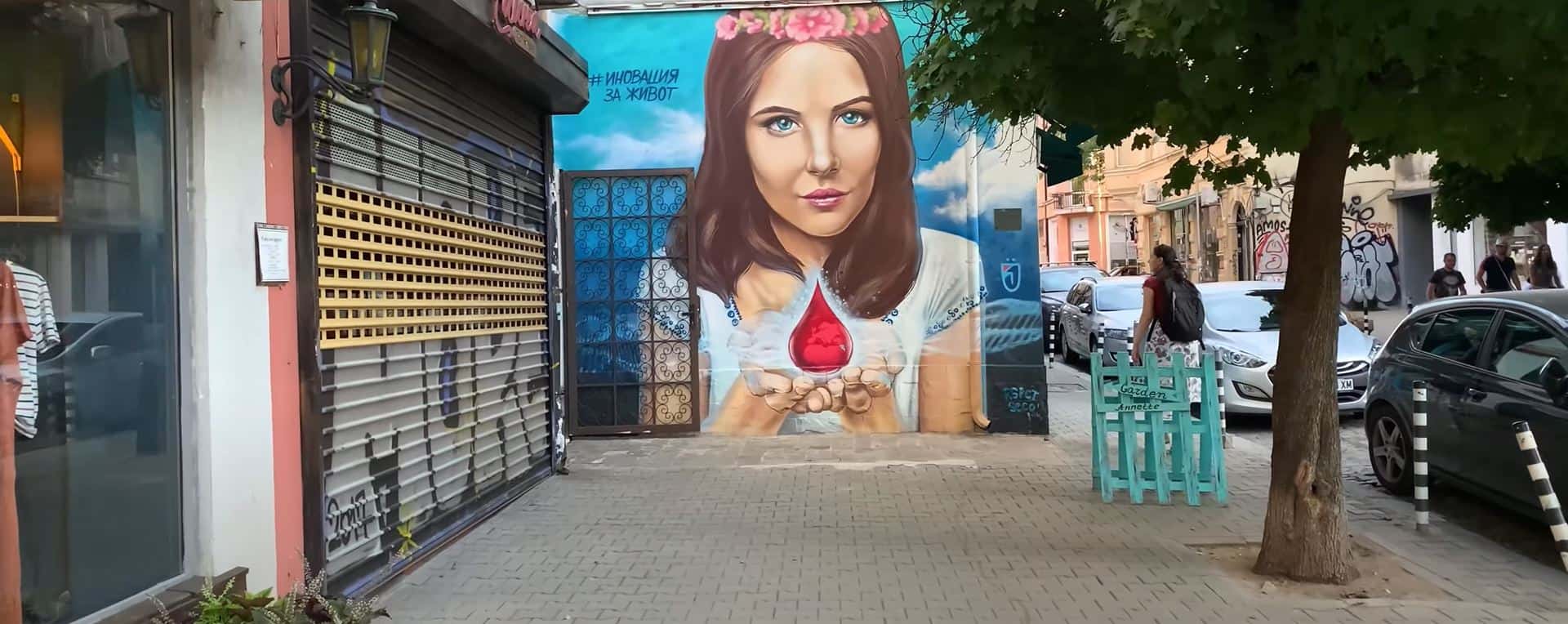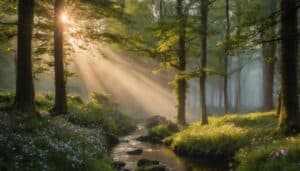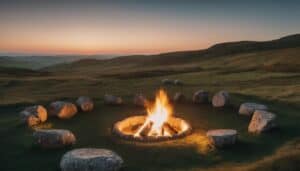Sofia, Bulgaria

Updated On: February 23, 2024 by Ahmed Samir
Nestled amidst the rolling Balkan Mountains, where history and modernity merge seamlessly, Sofia, the enchanting capital of Bulgaria, beckons travellers to uncover its hidden treasures. This timeless city is a captivating blend of antiquity and contemporary life, offering a glimpse into the rich tapestry of Bulgarian culture. In this comprehensive guide, we embark on a journey to explore Sofia’s vibrant history, diverse culture, architectural wonders, culinary delights, and natural splendours, providing an in-depth look at a destination that has remained an enigmatic gem in the heart of the Balkans for centuries.
With its storied past and ever-evolving present, the city invites travellers to experience its unique character, deeply rooted in tradition, while embracing the dynamism of the modern world. Join us as we delve into the multifaceted facets of the city, from its ancient origins to its thriving arts scene, from the splendours of its architecture to the lush beauty of its surrounding landscapes, and discover why this city is a captivating destination that continues to captivate the hearts of visitors from around the globe.
History of Sofia
Sofia’s history is a tapestry of conquests, battles, and transformation. Founded by the Thracians in the 8th century BC, it was called Serdica and later became part of the Roman Empire. The city flourished as a significant trade and administrative centre, leaving behind a wealth of archaeological treasures, including the stunning Roman Rotunda of St. George and the Serdica Amphitheatre.
The city fell under Byzantine, Bulgarian, and Ottoman rule in the Middle Ages, each contributing to the city’s character. The Ottoman era lasted nearly five centuries and left an indelible mark on Sofia’s architecture, cuisine, and culture. Visitors can explore the city’s Ottoman heritage in places like the Banya Bashi Mosque and the beautiful Banya Bashi Mosque.
After centuries of foreign rule, the city finally became the capital of an independent Bulgaria in 1908. The early 20th century saw rapid modernization and a surge in cultural activity. Today, remnants of this transformation can be seen in the striking architecture of the National Palace of Culture and the Alexander Nevsky Cathedral.
Culture and Art
Sofia’s cultural scene is a vibrant mix of traditional Bulgarian heritage and contemporary influences. The city boasts many museums, galleries, and performance spaces catering to all tastes. The National Palace of Culture, or NDK, is a cultural hub hosting concerts, exhibitions, and conferences. The Ivan Vazov National Theatre, one of the oldest and most esteemed in the Balkans, showcases classical and contemporary plays.
Art enthusiasts will appreciate the National Gallery of Art, which houses an extensive Bulgarian and European art collection, including works by renowned artists like Vladimir Dimitrov and Zlatyu Boyadzhiev. For a more contemporary experience, the Sofia Arsenal – Museum of Contemporary Art showcases innovative pieces from local and international artists.
One must explore Sofia’s culture by diving into its music scene. The city hosts numerous festivals, including the Sofia Music Weeks and A to JazZ, where you can enjoy a variety of musical genres. The Bulgarian National Radio Symphony Orchestra, founded in 1948, enchants audiences with its classical performances.
Sofia’s Spectacular Attractions
Sofia, the capital of Bulgaria, is a city that boasts a rich tapestry of historical, cultural, and natural attractions. From ancient landmarks to modern museums, here are some of the top attractions located in Sofia:
- Alexander Nevsky Cathedral: With its stunning Neo-Byzantine architecture, this iconic cathedral is one of Sofia’s most recognizable landmarks. The interior is adorned with magnificent frescoes and religious icons, making it a must-visit for history and art enthusiasts.
- Saint Sofia Church: The city’s namesake, Saint Sofia Church, is an ancient Orthodox church dating back to the 6th century. It features beautiful frescoes and is a testament to the city’s deep historical roots.
- Vitosha Mountain: Located on the city’s outskirts, Vitosha Mountain offers a range of outdoor activities throughout the year. In the winter, it’s a popular spot for skiing and snowboarding, while in the warmer months, it’s excellent for hiking and picnicking. The panoramic views of Sofia from the summit are breathtaking.
- National Palace of Culture (NDK): NDK is a cultural hub hosting concerts, art exhibitions, and conferences. The building is an architectural marvel and a symbol of Sofia’s modernity.
- Ivan Vazov National Theatre: This beautiful theatre, named after Bulgaria’s most excellent writer, Ivan Vazov, is not only a place for the performing arts but also an architectural gem in the heart of Sofia.
- National Museum of History: This museum houses an extensive collection of artefacts that span Bulgaria’s history from ancient times to the present. It’s a comprehensive and educational journey through the country’s past.
- Sofia History Museum: Located in the city centre, this museum provides a closer look at the history of Sofia itself. It includes archaeological findings, photographs, and interactive displays.
- Boyana Church: A UNESCO World Heritage Site, the Boyana Church is famous for its stunning frescoes dating back to the 13th century. It’s a testament to the rich cultural and artistic heritage of Bulgaria.
- National Art Gallery: Housed in the former royal palace, the National Art Gallery features an impressive collection of Bulgarian and European art, including works by notable artists such as Vladimir Dimitrov and Zlatyu Boyadzhiev.
- Sofia Zoo: For families and animal lovers, Sofia Zoo offers a chance to see a variety of species from around the world in a pleasant park setting.
- Vrana Palace: This former royal palace, now a museum, showcases the opulent lifestyle of Bulgaria’s royals. The palace and extensive gardens are a tranquil retreat from the city’s hustle and bustle.
- Banya Bashi Mosque: Built during the Ottoman period, this mosque is a striking example of Ottoman architecture and a testament to Sofia’s diverse heritage.
- Central Sofia Market Hall: A bustling market where you can explore local produce, traditional Bulgarian foods, and unique souvenirs.
- Sofia Synagogue: The largest synagogue in southeastern Europe, a beautiful example of Jewish architecture and an important symbol of the city’s Jewish community.
- Borisova Gradina Park: The city’s largest park offers a peaceful escape with walking paths, sports facilities, and a picturesque lake.
These are just a few of the many attractions that await visitors in the city. Whether you’re interested in history, culture, outdoor activities, or simply soaking up the atmosphere of this vibrant city, Sofia has something to offer everyone.
Cuisine
Sofia’s culinary scene reflects the city’s rich cultural tapestry, combining traditional Bulgarian dishes with international influences. The city’s diverse dining options cater to all tastes and budgets.
Start your culinary journey with a taste of banitsa, a savoury pastry filled with cheese and eggs, or try kavarma, a hearty stew with meat, vegetables, and spices. For a unique experience, indulge in the flavours of kufte, Bulgarian meatballs, or kebapche, grilled minced meat rolls. Vegetarians will delight in the variety of meze, including Shopska salad, a refreshing mix of tomatoes, cucumbers, peppers, and feta cheese.
The city also offers a vibrant street food culture. Don’t miss the opportunity to try some banitsa or a slice of Bulgarian pizza known as “pita.” And for dessert, indulge in baklava, a sweet pastry made with layers of filo dough, nuts, and honey.
Shopping
Sofia is a shopping paradise, offering everything from traditional crafts to high-end fashion. Vitosha Boulevard, the city’s main shopping street, has boutiques, department stores, and cafes. You can find international brands alongside Bulgarian designers and local products like rose oil and pottery here.
The Central Sofia Market Hall, a historical market building dating back to 1911, is a must-visit for food enthusiasts. It’s an excellent place to sample local delicacies, fresh produce, and traditional Bulgarian spices.
For a more authentic shopping experience, head to the Women’s Market (Zhenski Pazar) or the Flea Market, where you can haggle for antiques, vintage clothing, and unique souvenirs.
Day Trips
While Sofia offers many attractions, the surrounding region is also ripe for exploration. Several day trips from Sofia will take you to intriguing destinations.
- Rila Monastery: Located about two hours from Sofia, Rila Monastery is a UNESCO World Heritage Site and one of Bulgaria’s most cherished landmarks. This 10th-century monastery boasts stunning frescoes and an awe-inspiring mountain setting.
- Plovdiv: A two-hour drive from Sofia, Plovdiv is one of Europe’s oldest continuously inhabited cities, featuring a well-preserved Old Town with Roman ruins, colourful houses, and a vibrant arts scene.
- Seven Rila Lakes: Located in the Rila Mountains, this group of glacial lakes is a haven for nature lovers and hikers. The crystal-clear waters and stunning vistas make it a popular destination.
- Bansko: This picturesque town in the Pirin Mountains is a popular destination for winter sports enthusiasts. Bansko offers excellent skiing and snowboarding opportunities during the winter months.
Conclusion
Sofia, Bulgaria, is a city of contrasts where ancient history and modernity coexist harmoniously. Its rich cultural heritage, stunning architecture, and natural beauty make it a captivating destination for travellers seeking a unique European experience. Whether exploring the city’s historical treasures, indulging in its culinary delights, or immersing yourself in its vibrant culture, Sofia has something to offer everyone. So, pack your bags and embark on a journey to discover the enigmatic beauty of Sofia – a city that never ceases to inspire and amaze.






